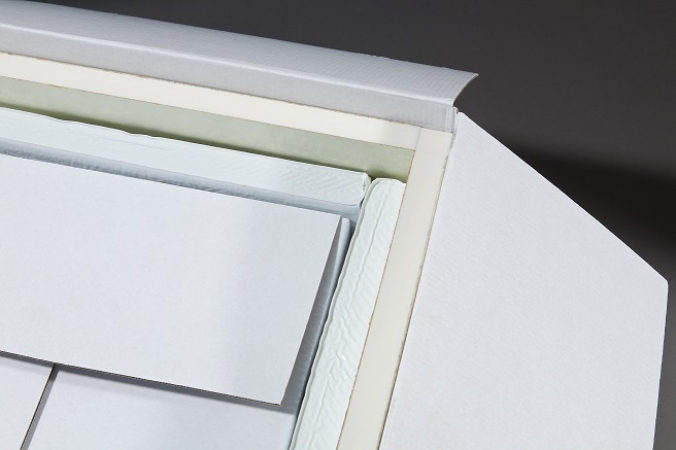Thematic studies
News
Case studies
Studies and news on the pharmaceutical cold chain
> Thematic studies
Advantages and disadvantages of VIP in insulated shipping packaging

After several years of research, the inclusion of vacuum insulation panels (VIP) in the field of heat insulated packaging has found its path. The use of VIP for this application has advantages and disadvantages.
The main advantages of Vacuum Insulated Panel (VIP)
VIP is vacuum based insulation known for its high thermal conductivity. It is ideal for the transport of heat sensitive products in extreme conditions (prolonged periods, intense heat, etc.).
VIP advantages:
- Performance: Its thermal conductivity of about 5 mW/m.K makes VIP more efficient than other insulating materials, even if performances are reduced by thermal bridges.
- Temperature maintenance time: It offers 7 to 10 days of storage within the required temperature range. This duration is 2 to 3 times more than what can be achieved using the best classic insulation. VIP caters for needs in excess of 5 days, which are not guaranteed by other insulation materials.
- Thickness: The use of VIP can reduce the thickness of the sides, and therefore the volume of the box, or the weight of the cold source used.
The disadvantages of VIP cold chain packaging
Vacuum Insulation Panel, when used in heat insulated or refrigerant packaging, can have some weaknesses. VIP disadvantages:
- Fragility: VIP is usually protected by another material which is often classic insulation (PU, PSE, etc.), this increases the total thickness and results in another disadvantage.
- Cost: Despite efforts to lower its cost, VIP remains expensive.
- Shape: The panel shape is not perfectly square, this complicates box assembly and creates thermal bridges.
- Weight: It has a density of 150 to 250 kg/m3, making it heavier than other insulation materials.
Despite these facts, VIP remains a privileged material to secure the cold chain when shipping pharmaceutical products, for example.